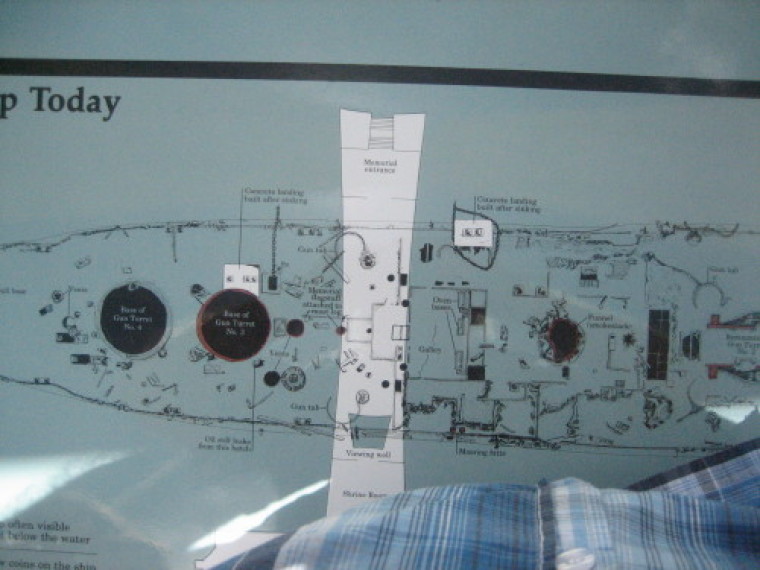
Well-Being Australia chairman Mark Tronson who recently visited both Pearl Harbour and Darwin and studied the information in both places about these attacks, quoted Hagel who said that man learns from history that man learns nothing from history.
There were numerous similarities to the Japanese attack on Pearl Harbour and the Japanese attack on Darwin.
Both military defences received a warning. In Pearl Harbour the newly installed Radar equipment picked up the Japanese air armada coming in and reported it. The Duty Officer assumed they had picked up an incoming flight of B17 bombers due in from the mainland at that time, even though the radar reported a flight coming in from another direction – not the one of the B17s were scheduled to take..
An early warning notice was also missed in Darwin when those living on the Bathurst Island Mission, who literally saw the Japanese coming over and heading towards the mainland. This information was set to Darwin, where it was received, but for whatever reason not passed on to Darwin's defence authorities.
Standing on the deck of the USS Battleship Missouri in Pearl Harbour, one can actually imagine first-hand how the torpedo attack planes would have come in from the south, along the broad water expanse in the harbour, with a picture-perfect view of the battleships berthed in the bay, all lined up for ideal shooting practice.
In Darwin, the Japanese flight attack went deep into the Northern Territory over Arnhem land and turned right and right again so as to attack Darwin from the south.
There seems to have been several reasons for this strategy. There was the surprise factor, as the anti-aircraft guns on the ground were all facing toward the north. Once the attackers had dropped their bombs, they were directly in line to be on their way back to their own aircraft carriers before any defensive moves could be taken.
However, Darwin was unlike Pearl Harbour in that nothing in Darwin was close together as it was at Pearl Harbour, where the military installations were clearly marked and the US air fleet was parked together for fear of local sabotage.
In contrast, the northern Australian air bases were hundreds of miles apart; one being as far away as Katherine, which still has a 'bomb crater' on display for tourists. The houses in the city of Darwin were on quarter-acre blocks or larger, and even the streets were significant distances apart and unless a bomb had pin point accuracy, it missed everything. The newsreel footage of the day illustrates this.
The result of all this was that it required many more bombs and attacks to hit significant facilities in Darwin than it did at Pearl Harbour. There were more bombs dropped on Darwin on each of those first two separate raids on 19 February 1942 than on Pearl Harbour; yet, over 3000 lost their lives in Pearl Harbour and only about 1000 in the total raid on Darwin (this includes some of the 15,000 military personnel stationed in the area at the time, who were never officially accounted for).
The 'official' civilian death toll is usually quoted as around 250 – but again, unlike Pearl Harbour, most of the women and children, making up two-thirds of the civilians, had already been evacuated. The civilian population remaining was only about 2000.
There were other significant advantages to the Japanese of a successful bombing raid on Darwin and Northern Australia.
To bomb Pearl Harbour, the Japanese Navy had steamed 4000 miles. They high-tailed it out of there as soon as possible as they feared that the US Aircraft Carriers might return to base with their efficient fleet of bombers.
But the Japanese fleet was unquestionably supreme in south east Asia, and the Arafura Sea north of Darwin was their swimming pool. Darwin simply had no realistic defences either on the ground or in the air.
"Both these situations provide lessons in life," says M V Tronson. "The unexpected should always be expected. This saying has no greater truth in it than in the Christian life, but in a more joyful context, when the most unexpected can occur as if a wondrous gift from the Lord."